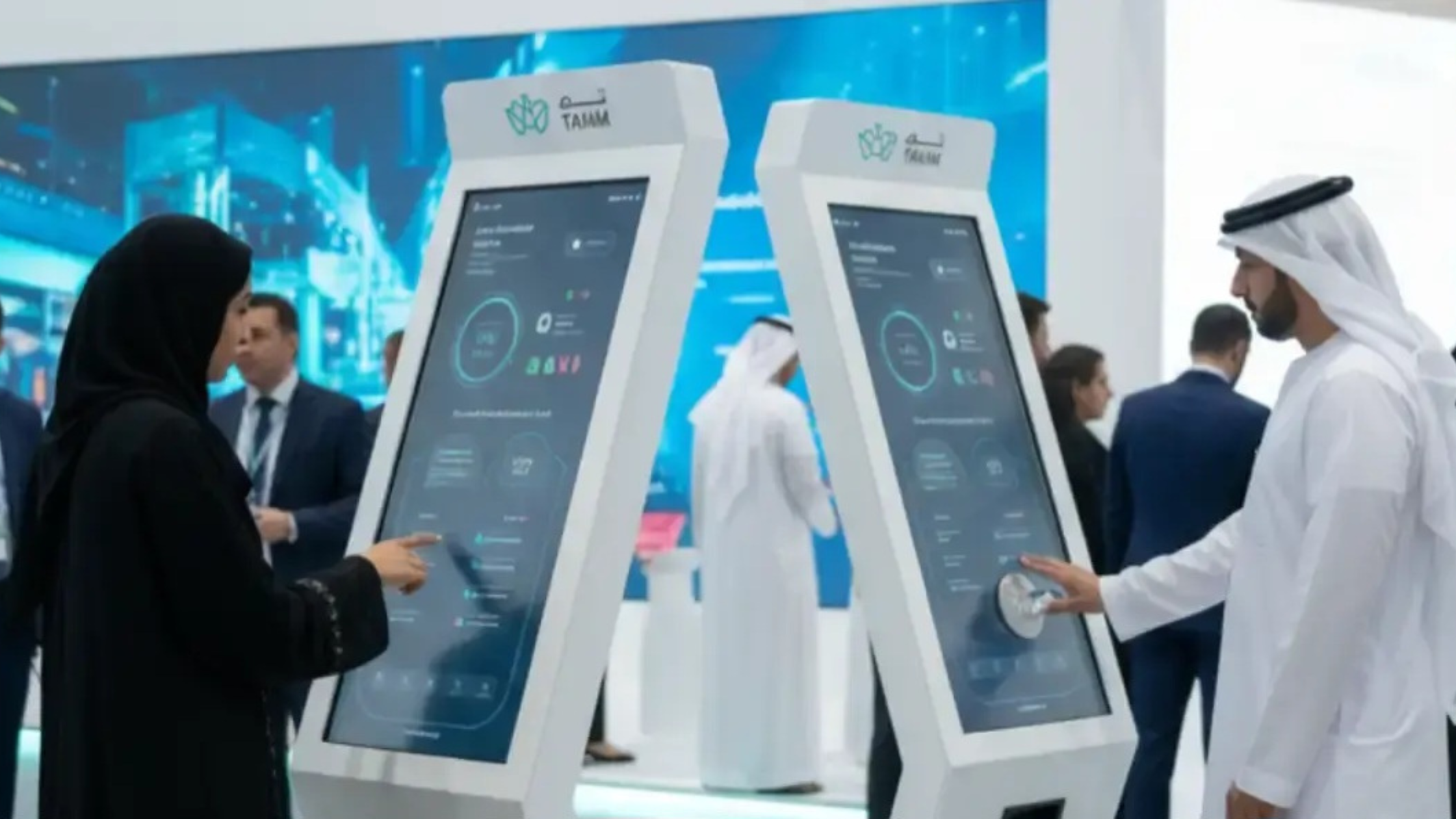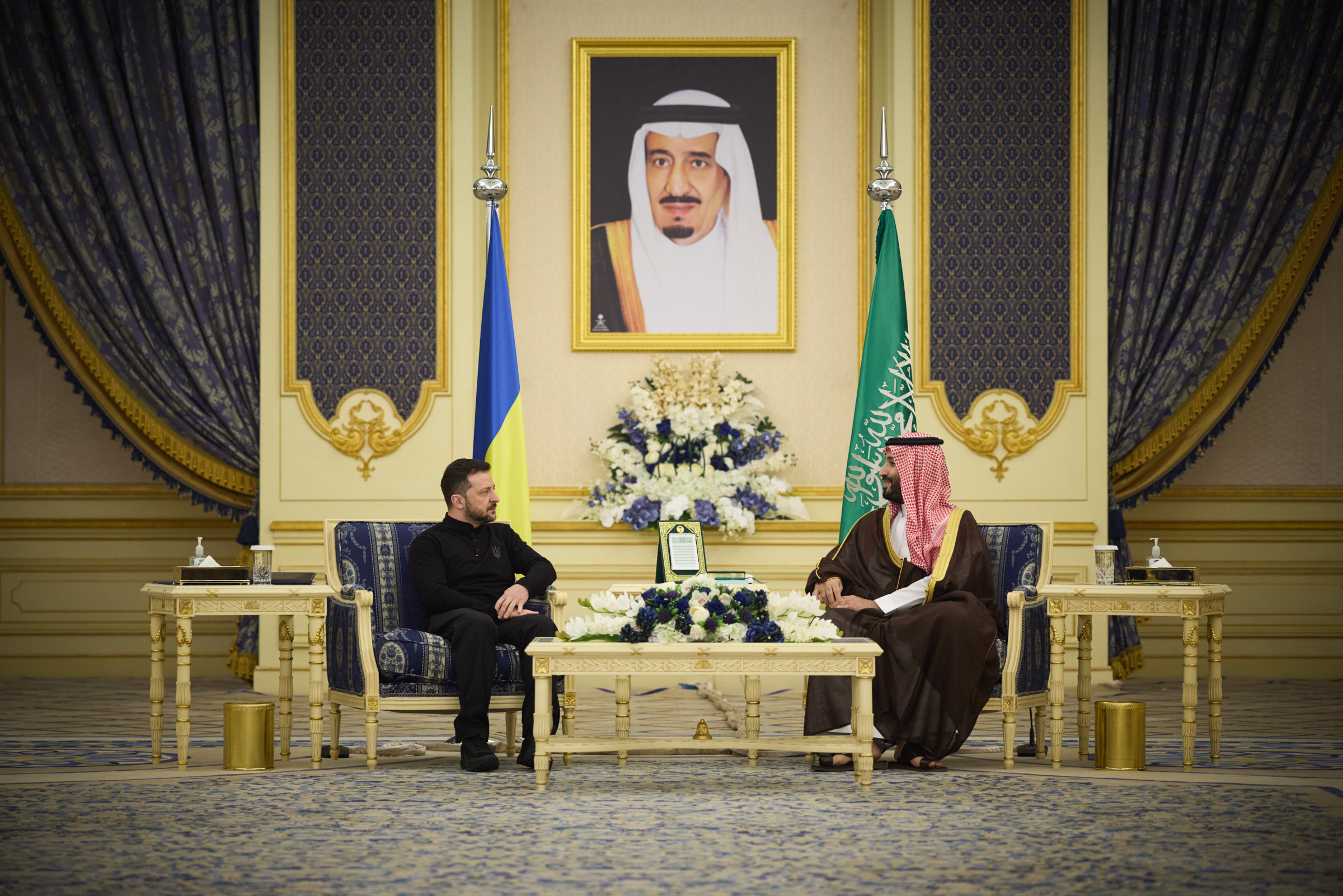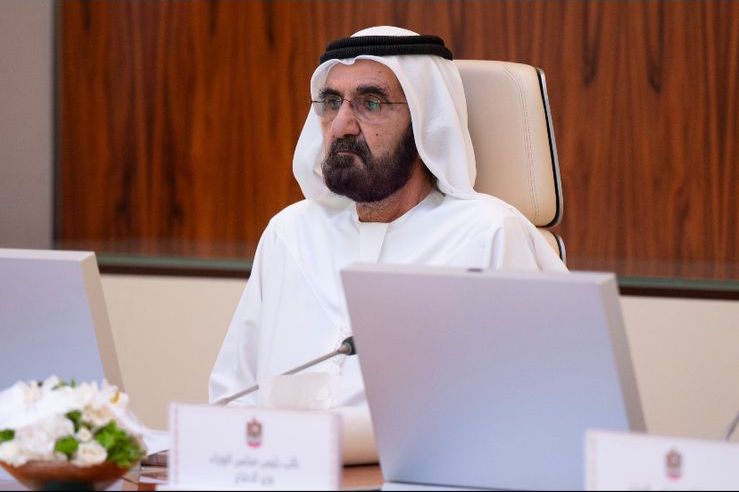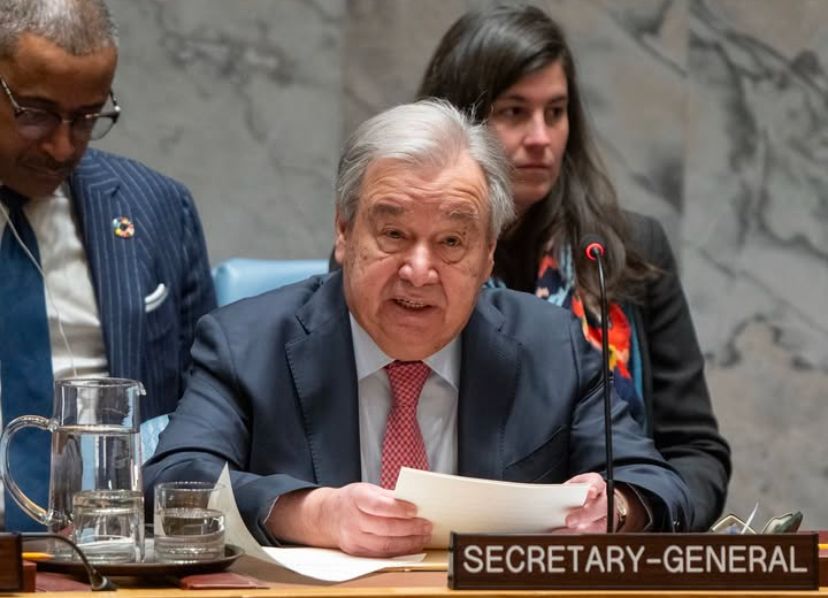Iran Nuclear Program Survives Brutal U.S. Bunker Bomb Assault

In a high-stakes geopolitical revelation, Israeli officials claim that enriched uranium stored deep beneath one of Iran’s nuclear facilities, Isfahan, may still be recoverable, albeit with tremendous difficulty. This assessment follows the controversial U.S. airstrikes launched on June 22, 2025, targeting three Iranian nuclear facilities: Fordo, Natanz, and Isfahan. While President Donald Trump touted the operation as an outright success, intelligence and technical reports paint a more complex picture indicating that Iran’s nuclear capabilities may not have been fully eradicated.
The Middle East, already grappling with regional instability, now finds itself at a critical juncture where the aftermath of strategic bombing could reignite nuclear proliferation concerns that threaten regional and global security.
Israel: Enriched Uranium Still Possibly Intact at Isfahan
A senior Israeli intelligence official, speaking anonymously, shared that much of Iran’s enriched uranium remains buried at the Isfahan site one of the most heavily fortified and deeply entrenched locations in the Iranian nuclear network. Although severely damaged by the strike, the official emphasized that uranium recovery, while technically possible, would be an arduous task for Iran.
Israel asserts that the stockpiles were not relocated before the attacks. This contradicts theories proposed by international nuclear nonproliferation analysts, who speculate that Iran might have preemptively moved enriched material amid escalating tensions and increasing chatter about possible U.S. military involvement.
The comments open a fresh chapter in the continuing scrutiny of Iran’s nuclear ambitions, while also reigniting the U.S.-Israel security dialogue on counter-proliferation strategy. Israeli intelligence believes that the enriched uranium was distributed in the three targeted sites and had not been shifted, a significant factor in assessing the impact of the strikes.
Conflicting Signals: What Did the Strikes Actually Achieve?
Despite public claims by President Trump and U.S. Defense Secretary Pete Hegseth, who maintain that the facilities were “destroyed,” other U.S. agencies remain cautious. According to a preliminary assessment from the Defense Intelligence Agency (DIA), the airstrikes caused substantial damage but did not completely neutralize the nuclear infrastructure.
The strikes reportedly targeted Iran’s metal conversion facility a key component in its uranium enrichment cycle using advanced B-2 stealth bombers and GBU-57 Massive Ordnance Penetrator (MOP) bunker-buster bombs. However, two senior officials from the U.S. Defense Threat Reduction Agency (DTRA) disclosed that they are still awaiting seismic and satellite feedback to confirm whether the bombs penetrated to the intended subterranean depths.
This ambiguity has led experts to debate the long-term effectiveness of the strikes. While the surface-level damage appears significant, the critical question remains: did the bunker busters reach and destroy the most sensitive underground components?
CIA and IAEA Share Skepticism About Iran’s Capabilities
CIA Director John Ratcliffe testified before U.S. lawmakers, stating that the lone Iranian metal conversion facility was most likely destroyed, and the loss would set back Iran’s nuclear development by years. However, he admitted that a large portion of enriched uranium remains underground particularly at Fordo and Isfahan.
Adding nuance to these findings, International Atomic Energy Agency (IAEA) Chief Rafael Grossi stated that while major damage has occurred, enough infrastructure might still be intact to allow Iran to restart enrichment efforts in the future. His remarks underscore the importance of inspector access a factor currently hindered by Iranian security protocols following the strikes.
Grossi noted that the three Iranian sites possess significant capabilities in terms of treatment, conversion, and enrichment of uranium. “Frankly speaking, one cannot claim that everything has disappeared, and there is nothing there,” Grossi said. The full damage assessment remains elusive without unrestricted access to the sites.
Iranian Response: Damage Admitted, But Inspections Delayed
In a widely viewed interview with conservative American media figure Tucker Carlson, Iranian President Masoud Pezeshkian acknowledged the severe destruction inflicted on Iran’s nuclear sites. He stated that Iranian scientists and nuclear authorities have been unable to fully inspect the affected areas due to “structural and technical hazards.”
While indicating a willingness to resume cooperation with the IAEA, President Pezeshkian stopped short of promising full transparency, citing the “unlawful nature” of the U.S. strikes. His administration insists that the program remains peaceful, reiterating Iran’s long-held position in international forums.
“We stand ready for oversight,” Pezeshkian said. “But as of now, access is physically impossible due to the catastrophic damage caused by American aggression.” This statement raises concerns internationally, as the lack of inspections could hinder efforts to verify Iran’s nuclear activities in the near future.
International Community Urges Transparency Amid Uncertainty
The global response to this rapidly developing scenario has been mixed. While Western powers back the United States’ rationale for the strikes preventing Iran from attaining a nuclear weapon several countries have called for a more transparent and verifiable damage assessment.
As tensions mount, many nations are concerned about a potential resurgence of nuclear activity, especially if Iran begins efforts to recover enriched uranium from bombed-out bunkers. Grossi’s statements highlight this possibility, noting, “If they so wish, they can begin again.”
This uncertainty underscores the urgent need for Iran to open its sites to international inspectors, as speculation fuels new fears of clandestine enrichment in undetected locations. Without strict oversight, Iran’s nuclear ambitions may continue unchecked, destabilizing the region.
Bomb Technology: Did It Work as Designed?
The GBU-57 bunker buster bombs developed over decades by the U.S. military specifically to counter Iran’s underground nuclear sites remain central to this unfolding story. Their penetrative capability was meant to breach hundreds of meters of reinforced concrete. But as of now, Defense Threat Reduction Agency officials have confirmed that data is still being compiled to validate whether these powerful munitions achieved that goal.
If confirmed, these strikes would mark the first known deployment of MOP bombs in combat, setting a precedent in both military technology and international law. Until then, experts are left to speculate whether the bombings served as a deterrent or merely a dramatic show of force with limited strategic value.
Military analysts worldwide are closely monitoring the data, as the results could influence future strategies aimed at nonproliferation and regional security.
Regional Security and Future Risks
The bombing of Iranian nuclear sites and the ongoing uncertainty regarding Iran’s uranium stockpiles have raised concerns about possible regional escalation. Proxy groups allied with Iran, such as Hezbollah in Lebanon, the Popular Mobilization Forces in Iraq, and the Houthi rebels in Yemen, could respond with asymmetric attacks.
The Middle East remains on edge as the possibility of retaliatory actions increases, raising the stakes for neighboring countries and the global community.
Experts warn that if Iran rebuilds its nuclear program covertly, it could trigger a new form of nuclear arms race in the Middle East characterized by hidden facilities, misinformation, and increased espionage. This would present severe challenges to intelligence gathering and regional security cooperation.
Navigating an Uncertain Nuclear Future in the Middle East
The aftermath of the June 22 airstrikes on Iran’s nuclear facilities leaves more questions than answers. While the U.S. and Israel claim significant blows to Iran’s nuclear ambitions, intelligence reports suggest that enriched uranium stocks remain, potentially recoverable. Iran’s willingness to cooperate with international inspectors is uncertain, and political tensions continue to simmer.
For the region and the world, the stakes could not be higher. Stability, economic prosperity, and regional security depend on transparent diplomacy and strong international frameworks for nuclear nonproliferation.
The global community must remain vigilant and push for unfettered inspections to prevent further nuclear escalation. Until then, the specter of Iran’s nuclear program continues to loom large over a fragile and volatile region.







